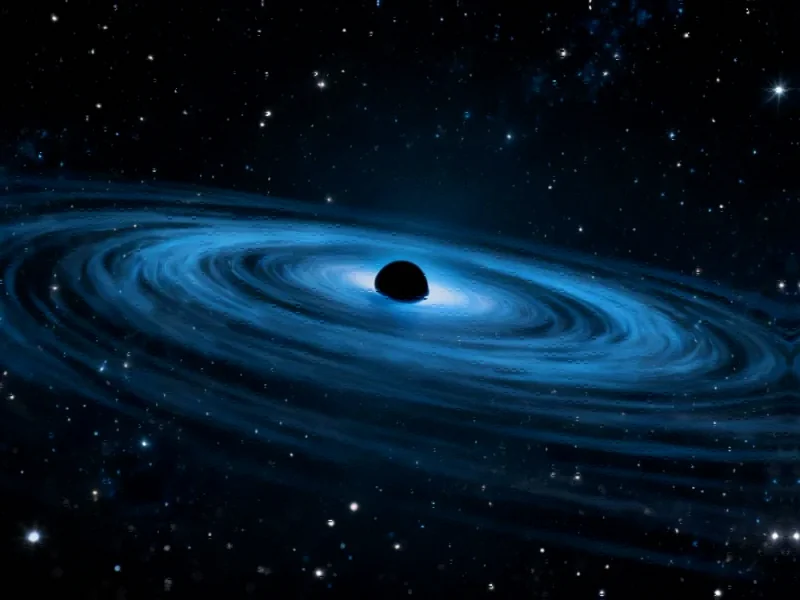New Window into Cosmic Star Formation
The James Webb Space Telescope (JWST) has revealed unprecedented details about star formation processes within the iconic Pillars of Creation, providing astronomers with crucial evidence about how massive stars influence the birth of new stellar generations. Recent observations from JWST’s advanced infrared instruments have identified 253 young stellar object candidates, offering compelling insights into the complex relationship between stellar feedback and star formation triggers., according to additional coverage
Table of Contents
Infrared Technology Reveals Hidden Stellar Population
Using the sophisticated Near Infrared Camera (NIRCam) and Mid-Infrared Instrument (MIRI), JWST has penetrated the dense dust clouds that obscure visible light observations. This technological breakthrough has enabled researchers to detect young stellar objects that were previously invisible to other telescopes, including the Hubble Space Telescope. The high-resolution infrared data reveals intricate structures and spatial distributions that provide crucial evidence about star formation mechanisms.
The observations show distinct spatial correlations between young stellar objects and the edges of structures shaped by stellar feedback. “We’re seeing clear overdensities of young stars along the boundaries where radiation and stellar winds interact with molecular material,” explained Dr. Elena Martinez, lead researcher on the study. “This pattern strongly suggests that the same processes that are eroding the pillars are simultaneously triggering new star formation.”
Age Distribution Patterns Suggest Triggered Formation
Analysis of the stellar population reveals a potentially significant trend: younger stars appear more frequently at greater distances from the ionizing sources in NGC 6611. This age gradient, while still requiring further verification, aligns with theoretical models of triggered star formation where shock fronts compress gas clouds over time.
“What we’re potentially witnessing is a wave of star formation propagating through the pillars,” noted, previous analysis, Dr. Martinez. “The evidence points toward a scenario where the radiation from massive stars creates conditions favorable for new star birth as it advances through the nebula.”
Recent Star Formation Surge
The data indicates a notable enhancement in the star formation rate within the past million years, suggesting that the Pillars of Creation remain active stellar nurseries. This finding challenges previous assumptions that the region might be nearing the end of its star-forming activity.
- 253 young stellar object candidates identified
- Spatial correlation with feedback-driven structures
- Potential age gradient with distance from ionizing sources
- Enhanced star formation activity in recent geological time
Complex Structures Reveal Formation Mechanisms
JWST’s detailed imagery has uncovered remarkable features within the pillars, including spiral-like disk structures and bipolar reflection nebulae at the tips of the largest pillars. These features provide direct visual evidence of ongoing star formation processes and the complex interplay between different physical mechanisms., according to industry reports
The spiral structures suggest the presence of protoplanetary disks around young stars, while the bipolar nebulae indicate outflow activity from newly formed stars. These observations provide astronomers with natural laboratories for studying multiple aspects of star formation simultaneously.
Implications for Understanding Galactic Evolution
The findings from the Pillars of Creation have broader implications for understanding star formation across galaxies. If triggered star formation proves to be a significant mechanism in this iconic region, similar processes may be operating in other molecular clouds throughout the universe.
This research demonstrates how advanced space observatories like JWST are transforming our understanding of cosmic processes that were previously beyond our observational capabilities. The combination of infrared technology and computational analysis continues to reveal the intricate dance of creation and destruction that shapes our universe.
As astronomers continue to analyze the wealth of data from JWST, the Pillars of Creation will likely yield further insights into the fundamental processes that govern star formation and the lifecycle of molecular clouds throughout the cosmos.
Related Articles You May Find Interesting
- UK’s New AI Powerhouse: Mary Coombs Supercomputer Accelerates Industrial Innovat
- Inside the AI divide roiling video game giant Electronic Arts
- German AI Energy Specialist etalytics Secures €8 Million Series A Extension from
- Maynilad Defies Market Gloom With Philippines’ Largest IPO in Three Years
- Sanlam Investments Triples Down on Africa’s Green Economy with Third Consecutive
This article aggregates information from publicly available sources. All trademarks and copyrights belong to their respective owners.
Note: Featured image is for illustrative purposes only and does not represent any specific product, service, or entity mentioned in this article.



